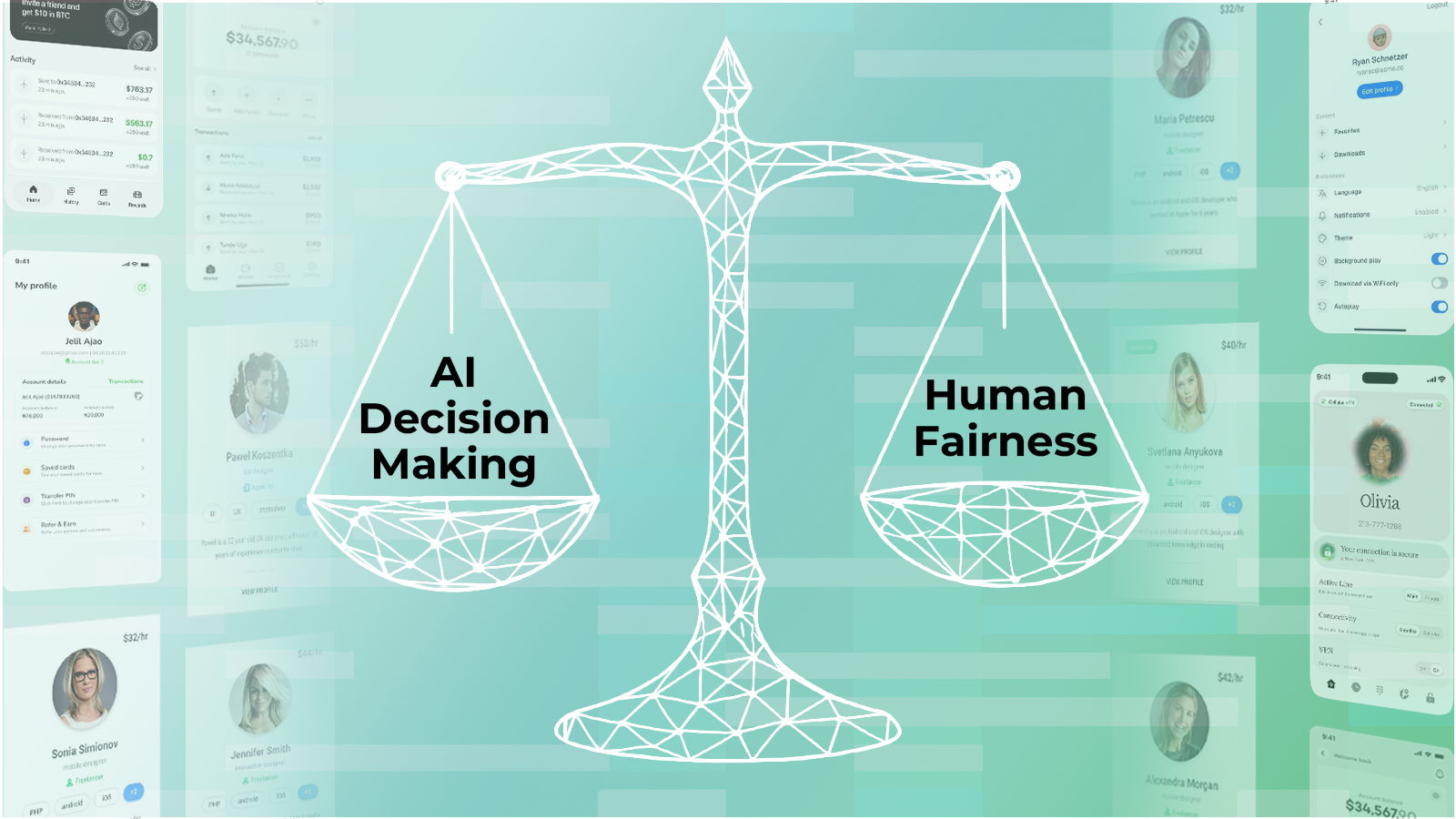We do not offer, support, or condone any illicit services mentioned in this glossary. We also do not sell any data to illegal entities. These terms are provided solely for educational and awareness purposes to help businesses understand and prevent fraud.
What is Session Hijacking?
Session hijacking is cyberattack where an attacker gains control of an active user session, often by stealing the session cookie, allowing unauthorized access to the user’s account.
This is often achieved by stealing session cookies, which contain authentication information used to maintain a user’s logged-in state. Once in control, the attacker can impersonate the user, access sensitive data, or perform malicious actions within the compromised session.
How Session Hijacking Occurs?
- Session Fixation
- Predetermined Session ID: Forcing a user to log in with a known session ID, enabling them to hijack the session once authenticated.
- Cross-Site Scripting (XSS)
- Injected Scripts: Using XSS vulnerabilities to steal session cookies.
- Network Sniffing
- Intercepting Data: Capturing session cookies transmitted over unencrypted networks.
- Man-in-the-Middle (MitM) Attacks
- Intercepted Sessions: Hijacking sessions through MitM attacks on unsecured connections.
- Brute Force Attacks
- Session ID Guessing: Using automated tools to guess valid session IDs.
Types of Session Hijacking Attacks
- Active Session Hijacking: This occurs when an attacker directly interferes with an existing user session, often by intercepting communication channels (like in a Man-in-the-Middle attack) and stealing the session ID.
- Passive Session Hijacking: This involves the attacker passively monitoring network traffic to capture user session IDs without actively disrupting the ongoing session, potentially storing them for future exploitation.
What are the Impacts of Session Hijacking on Businesses?
- Unauthorized Access
- Compromised Accounts: Unauthorized access to user accounts and sensitive information.
- Financial losses
- Fraudulent Transactions: Financial losses from unauthorized transactions and activities.
- Reputation damage
- Trust Erosion: Loss of customer trust due to breaches and unauthorized access incidents.
- Increased Security Costs
- Mitigation Measures: Costs associated with detecting, preventing, and mitigating session hijacking attacks.
- Legal and Regulatory Consequences
- Compliance Challenges: Potential fines and legal repercussions for failing to protect user sessions adequately.
How to Prevent Session Hijacking
For businesses like banking, e-commerce, travel, and airlines, where sensitive customer data is heavily involved, preventing session hijacking is paramount. Key mitigation methods include:
1. Strong Authentication:
- Multi-Factor Authentication (MFA): Implement robust MFA solutions like:
- Time-Based One-Time Passwords (TOTP): Using authenticator apps (Google Authenticator, Authy).
- Push Notifications: Sending verification codes to registered devices.
- Biometrics: Utilizing fingerprint or facial recognition.
- Password Policies: Enforce strong password requirements (length, complexity, regular changes).
2. Secure Session Management:
- Short Session Timeouts: Automatically log users out after a period of inactivity to minimize the window for exploitation.
- Regular Session ID Regeneration: Issue new session IDs periodically to reduce the window for attackers to exploit stolen IDs.
- HTTP-Only Cookies: Restrict JavaScript access to session cookies, making them harder to steal through client-side attacks.
3. Secure Coding Practices:
- Regular Security Audits: Conduct thorough code reviews and penetration testing to identify and address vulnerabilities.
- Input Validation: Implement strict input validation to prevent malicious code injection (e.g., SQL injection, XSS).
- Secure Session Handling Libraries: Utilize secure session management libraries to minimize the risk of common vulnerabilities.
4. Network Security:
- Intrusion Detection and Prevention Systems (IDPS): Monitor network traffic for suspicious activity and block malicious attempts.
- Web Application Firewall (WAF): Filter and block malicious traffic before it reaches the web server.
- Secure Sockets Layer (SSL)/Transport Layer Security (TLS): Encrypt all communication between the client and server.
Learn more about Security Audits.
How to Detect Session Hijacking
Detecting session hijacking involves using advanced monitoring tools to flag anomalies in user behavior, session management, and network activity:
- Behavioral Analytics: Monitor unusual user activity, such as rapid session transitions or access from unexpected IP addresses.
- Anomaly Detection with Machine Learning: Implement supervised and unsupervised models to detect deviations from normal user behavior.
- Real-Time Alerts: Set up automated alerts for suspicious session activities, such as simultaneous logins from different locations.
Integrated Tools for Session Security
- Global Risk Persona: Evaluate and profile session risks by analyzing IP reputation, device fingerprints, and user behavior in real-time.
- Dynamic Risk Scoring: Assign session-specific risk levels to adapt to emerging threats dynamically.
- Advanced Fraud Analytics for Payments: Monitor payment-related sessions for suspicious activities to prevent session hijacking in financial transactions.













